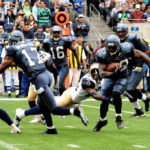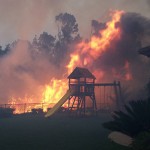Series: Flashcards
Sightline Flashcards are quick reference tools for effective communications strategies. They’re messaging memos distilled from experts and savvy communicators—to help you do your job and save you time. The Flashcards focus on values-based communication: strategies for talking about important policies or issue solutions in terms of shared values. Browse the Flashcards to gain insight into particular sustainability issues or simply to hone your values-based communications strategies.
Sign up to receive Flashcard talking points emails:












